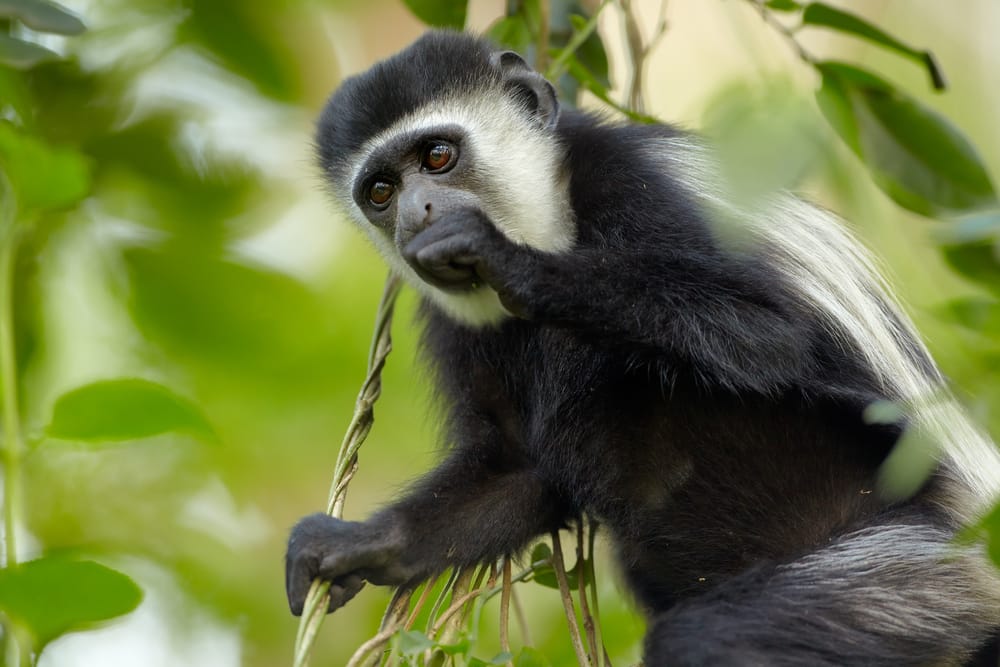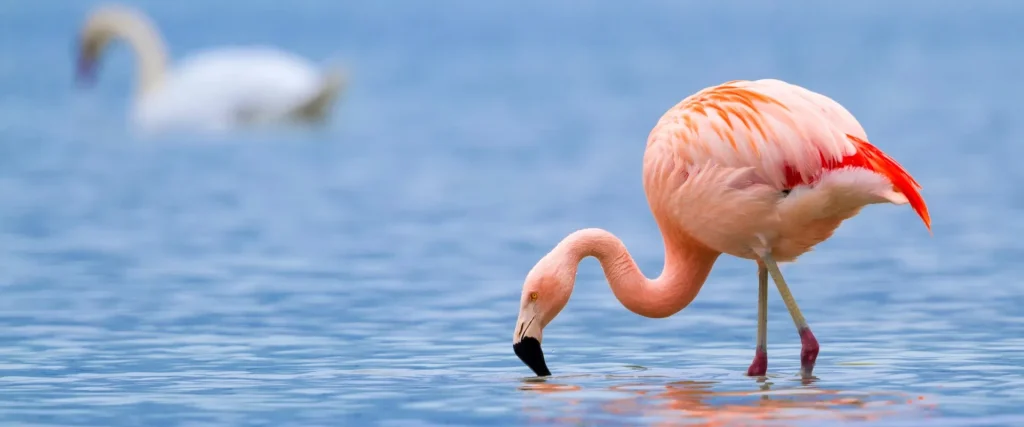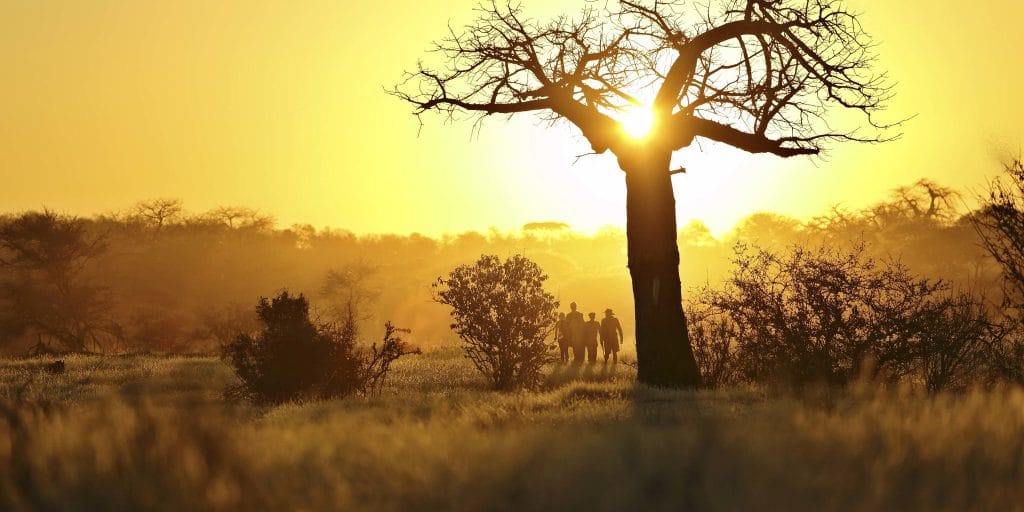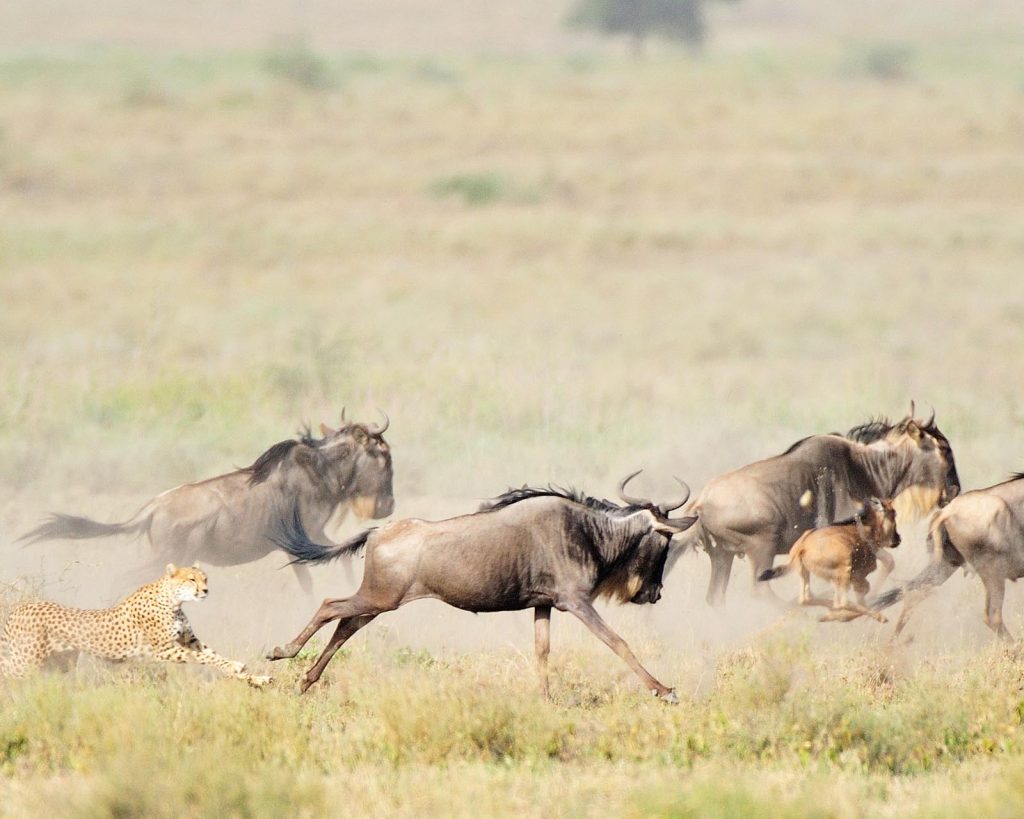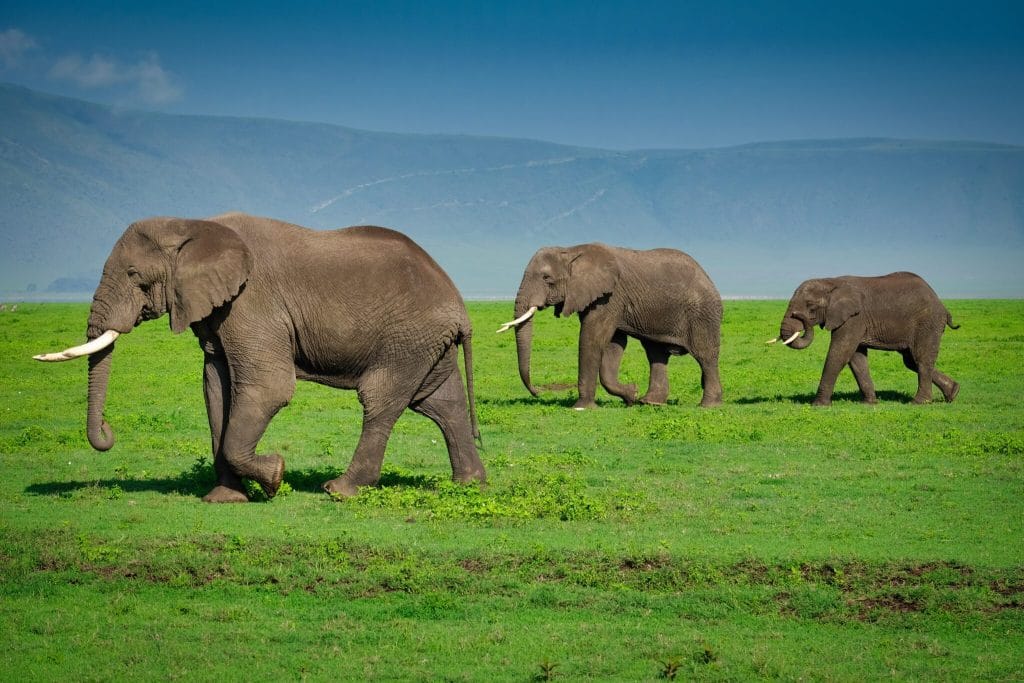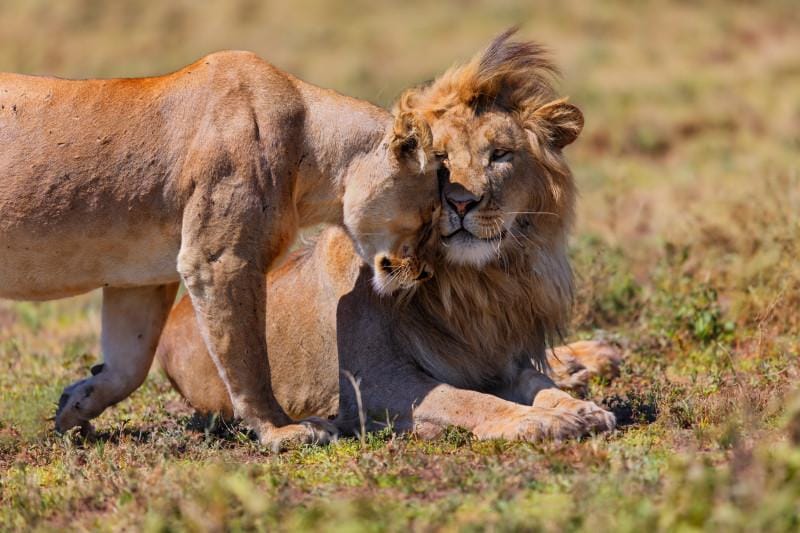NGORONGORO CONSERVATION AREA A unique multi-use land and the only conservation area in Tanzania that protects wildlife while allowing human habitation. 2 to 3 million years ago, a volcano bigger than Kilimanjaro imploded caving itself downwards, and the magma retreated leaving a vast collapsed hollow, which is today home to Africa`s Big five animals. NGORONGORO CRATER A tapestry of landscapes the sunken beauty of the ngorongoro crater, The planet’s biggest unbroken, inactive volcanic Crater. With its stunning landscapes and views, the Ngorongoro crater is an exceptional geological landmark and a UNESCO World Heritage Site that promises sightings of the Big Five and plenty of other wildlife as well. The Crater measures around 12 miles across, with a Rim that rises 3000ft from the floor and is covered with ancient forests draped in lichen. The 102 square miles crater is home to almost 30,000 animals, a year round home to Black Rhino, Lions, Wildebeest, Zebra, Hippos, Buffalos, Gazelles, as well as the continent`s densest population of Spotted Hyena and some of Africa`s largest Elephants. THINGS TO DO IN NGORONGORO CONSERVATION AREA Apart from the Ngorongoro Crater, Ngorongoro conservation area has many more geological, historical and game viewing sites to offer to its visitors. Despite that some are less known but worth a visit once there. OLDUVAI GORGE: Away from the Crater but within the protected area of the Ngorongoro Conservation area lies Olduvai Gorge. Formed approximately 30,000 years ago well known as “The Cradle of Mankind”. The Gorge is a steep sided ravine approximately 30 miles long and 295ft deep. Feels like stepping onto Mars with red dust and boulders, barren and waterless, with the occasional small green bush creeping out between the rocks. Olduvai Gorge is a discovery place of some of the earliest hominid fossil, discovered in the early twentieth century by the famous Archaeologists Louis and Mary Leakey. The Fossils deposits placed in the Modern Museum of Olduvai Gorge period range from 2,100,000 to 15,000 years ago. It`s worth the detour on your drive en route from Ngorongoro Crater to the Serengeti. MAASAI TRIBE: For centuries the Maasai have been Nomadic pastoralists whose lifestyle depends on their Cattle. Ngorongoro conservation area is the land of the Maasai tribe, who graze their cattle in this wild and largely uncultivated place. Maasai live in relative peace with nature, striding across the landscape in their traditional red robes. In the Maasai culture, it is the women that are responsible of the daily household chores, child rearing, cooking as well as burdensome task of collecting water and firewood. EMPAKAI CRATER: Empakai Crater is a collapsed volcanic caldera that is 300 meters high and 6 km wide located in Ngorongoro conservation area. The Crater is filled by a deep Alkaline Lake, roughly 83m deep. The highest elevation on the western is 3200m above the sea level. A walking Safari to the Empakai Crater rim offers a spectacular view of Oldonyo Lengai and Mount Kilimanjaro from far. Off the beaten track but worth the effort involved to experience the views and the walk to the base of the crater. The decent and ascent are reasonably steep, but very manageable with a moderate level of fitness. OLMOTI CRATER: The cooking pot in Maasai Language, Olmoti Crater is an extinct volcano located within the Ngorongoro conservation area. A visit on your way north into the highlands is worth it. It’s also the starting point for a two-day trek to Empakaai. Olmoti’s crater floor is shallow, haired with grass and crossed by the Munge River. OL DONYO LENGAI: East Africa’s only active volcano, the only active carbonatite volcano in the world, and the toughest day hike in East Africa. Hikers face a challenging ascent to the top but, once there, are rewarded with endless views. An overnight ascent to the 2962m summit of the famous’ Mountain of God’, sacred to the Maasai, is an unforgettable experience. The top third of the volcano has some very steep and rocky stretches, so you need to be steady and prepared to scramble. The crater itself is wide and steep-sided but walkable. Looking down into the caldera from the top, you can see the boiling, sulfurous lava, and the views are incredible at sunrise. The climb down is roughly 3-4 hours. This is not a trek for the faint-hearted, but it is worth it for the spectacular and otherworldly views. The Hdzabe and Datoga are unknown people to most of those who travel to Tanzania, but are no less fascinating or representative of African culture. HADZABE TRIBE As a hunter-gatherer society, the Hadza have no domesticated livestock, nor do they grow or store their own food. The Hadza survive by hunting their food with hand-made bows and arrows and foraging for edible plants. The Hadza diet is primarily plant-based but also consists of meat, fat, and honey. They create temporary shelters of dried grass and branches. The Hadza speak a unique language known as Hadzane, which incorporates clicking and popping sounds as well as more familiar sounds. Leading the same hunter-gatherer lifestyle that has sustained their people for generations, Hadza use a locally made poison and ingenious camouflage to hunt. Tanzania Safari goers can join this beautiful people to witness a thrilling sunrise hunt to see how they survive in harsh wilderness at the foothill of Ngorongoro conservation area. DATOGA TRIBE The Datoga are unknown people to most of those who travel to Tanzania; they are semi-nomadic shepherds whose main means of support is farming, they are also skilled blacksmiths. They perform witchcraft and primitive religious rituals; a feature which makes them unique and easy to recognize is their practice of scarification to decorate and tattoo their bodies. LAKE NATRON Lake Natron’s waters are the only regular breeding ground in East Africa for 2.5 million lesser flamingos, which nest on mounds of salty mud from August to October, protected from predators by the lake’s toxic water. These flamingos have evolved to withstand the lake’s extremely high temperatures and salt content. Salt-loving phytoplankton flourishes here, giving the lake its red tinge and feeding the flamingos,

